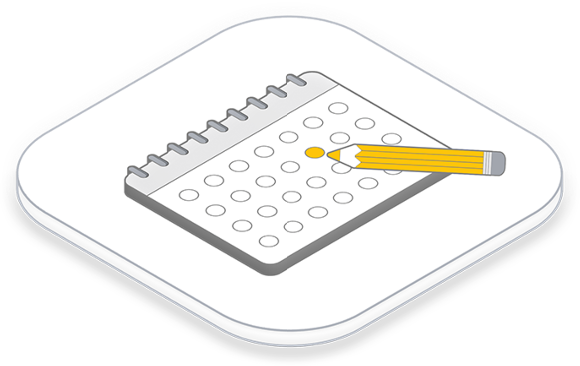ChatGPT is a powerful tool in the world of Artificial Intelligence (AI). It is a model that has been trained to understand and generate human speech. As such, ChatGPT is an example of a major language model type used in NLP (Natural Language Processing) to understand, generate, and translate text. Due to its disruptive potential, the solution is currently the talk of the town. Reason enough for us to present ChatGPT with its advantages and limitations.
What is ChatGPT?
ChatGPT is an example of a language model based on the Transformer Architecture. This model was developed by OpenAI and consists of 175 billion parameters. This makes it the largest language model that currently exists, and it has the ability to perform a variety of tasks. Some of these tasks include text generation, text classification, text translation, and question-answering systems.
How does ChatGPT work?
ChatGPT uses a method called Transfer Learning to understand and generate language. This means that the model is first trained on large datasets to develop a general understanding of speech. Then the model is fine-tuned to perform specific tasks such as text classification or text generation.
The model uses a technique called the attention mechanism to focus on important parts of the text. This allows it to make connections between words and sentences and generate contextual responses.
What can ChatGPT already do today?
ChatGPT has already made great strides in speech processing. It has the ability to understand text, answer questions, and even generate stories that feel fluent. It has also been successfully used for text translation and sentiment analysis.
ChatGPT has also been applied in the entertainment industry to generate personalized texts for games, chatbots and other applications. In addition, it can replace human workers to a certain extent by handling simple queries and customer support requests.
What are the limitations of the application?
Although ChatGPT has made impressive progress in speech processing, there are still limitations to its application. One of the main problems is that the model is very resource intensive due to its size. It requires large amounts of computing power and memory to function effectively. Another challenge is that the model cannot always generate contextual responses. This can cause it to respond to certain phrases or words without fully understanding the context.
In addition, the AI may tend to reflect biases and stereotypes that are present in the training data. Therefore, it is possible that the model will respond inaccurately or discriminately. This is why it is important that AI developers and researchers recognize these biases and actively work to reduce or eliminate them.
Another problem is the fact that ChatGPT does not have a true understanding of language. It can only generate responses based on patterns in the training data and has no real understanding of the context or meaning of words and phrases.
Conclusion
So, in summary, ChatGPT is a very powerful tool in speech processing that is quite capable of performing complex tasks. However, it still has some limitations that need to be overcome. Researchers and developers must work to reduce these limitations and ensure that the model is used fairly, accurately, and responsibly.
In the future, ChatGPT is expected to become even more powerful and versatile. However, it is also important that we realize that this is a tool that cannot fully replace our human language skills. We should always remember that the use of AI in speech processing raises ethical issues that need to be carefully weighed.
If you would like to learn more about the meaningful use of ChatGPT in your company, then get in touch with our Artificial Intelligence experts.
About the author



Comments